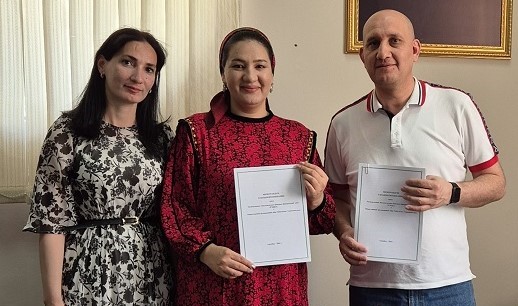Droughts and extreme precipitation have become a harsh reality in the contemporary world. These natural phenomena bring destruction and pose serious threats to human life and the global economy. Over time, climate change triggers the melting of snow, ice, and glaciers, resulting in more frequent and devastating floods, as well as endangering the resilience of water resources for millions of people worldwide.
Undoubtedly, there is insufficient information available today about the state of global freshwater resources. It is rightly asserted that we cannot successfully manage what we do not measure. This fundamental assertion, found in the report by the World Meteorological Organization (WMO), compels us to reevaluate our methods for managing water resources. The WMO report, titled “State of Global Water Resources,” deems it an urgent necessity to enhance monitoring, data exchange, international collaboration, and the assessment of water resources. This also implies a need for more substantial investments to combat the growing issues of water excess and scarcity.
The WMO report is based on a pilot version introduced last year, containing more detailed information about critical hydrological indicators such as groundwater, evaporation, runoff, terrestrial water storage, soil moisture, the cryosphere (frozen water), inflows into reservoirs, and hydrological disasters. The report amalgamates data from ground-based observations, satellite-derived data, and numerical modeling to provide a more comprehensive assessment of water resources. The WMO report underscores the lack of accessible, validated hydrological data, especially in regions like Africa, the Middle East, and Asia. This unequivocally signals the necessity for substantial investments in monitoring and data exchange in line with the WMO data policy.
The WMO’s Global Hydrospace Operational System (HydroSOS), currently under development, aims to address this crucial issue.



